Types of Punches and their Notable Applications
November 6, 2020Punches or punch tools are small and narrow hard metal rods that feature a narrow sharp point or flat face on one end and a broad flat surface at the other. The narrow part of these tools is normally pointed against a target surface, effectively cutting, drawing circles, or punching some holes on a specific workpiece. Other useful applications of punches include removing damaged rivets, bolts, or pins, transferring the location of holes in patterns, and locating centres for formulating circles.
One thing that makes punches effective with different materials is that their narrow ends normally come in various shapes. To help you understand more about punches, here are some of their common types and their respective notable applications.
Centre Punch
A centre punch has a pointy end that is utilised in making large indentations in a workpiece. This type of punch can be very helpful in guiding the tip of the drill and prevent it from wandering around the surface of a workpiece. It also allows the drill bit to be locked against its punch mark. The tip of this punch typically has a point ground to an angle between 60 and 90 degrees.
Prick Punch
A prick punch works similarly to a centre punch. However, it is usually maximised for marking out and stamping reference marks on the surfaces of materials. The dimensions of the indentation from a paper can be transferred to the material through this type of punch. This specific tool has a sharp-angled tip, normally at 40 degrees, that can produce a much deeper and narrower indentation than a centre punch.
Drive Punch
Drive punch is a type of punch tool that has no pointy edges. Instead, it has a flat face that is ideal for driving out damaged rivets, bolts, and pins. This type of punch tool is comprised of sides that are tapered to the face. Usually, the width of this tool’s face ranges between 1/4-in and 1/8-in.
Pin Punch
A punch tool that has a straight shank is known as a pin punch. This type of punch normally works with drive punch, especially when removing damaged components. Once the drive punch has driven out the damaged rivets, bolts, and pins, the pin punch is then used to remove the rest of them from their respective holes. Both drive and pin punches are recommended for disassembly projects.
Drift Punch
If you want to align some holes before bolting or riveting metal parts together, then you may want to use a drift punch. This type of punch tool will not only enlarge holes for you, but it can also align them so you can insert, bolt, or rivet different metal parts. The tapered side of the drift punch is normally placed and driven into the hole, all without applying force.
Transfer Punch
Transfer punch, alternatively, is intended to fit a drill-locating hole in a specific material. This punching tool has a point that narrows and runs straight for a minimal distance. If you intend to transfer the location of holes from a template onto a workpiece, then transfer punch is the best tool for you.
For more information about these types of punches, feel free to give us a call at Gunna Engineering.
Optimized by: Netwizard SEO


